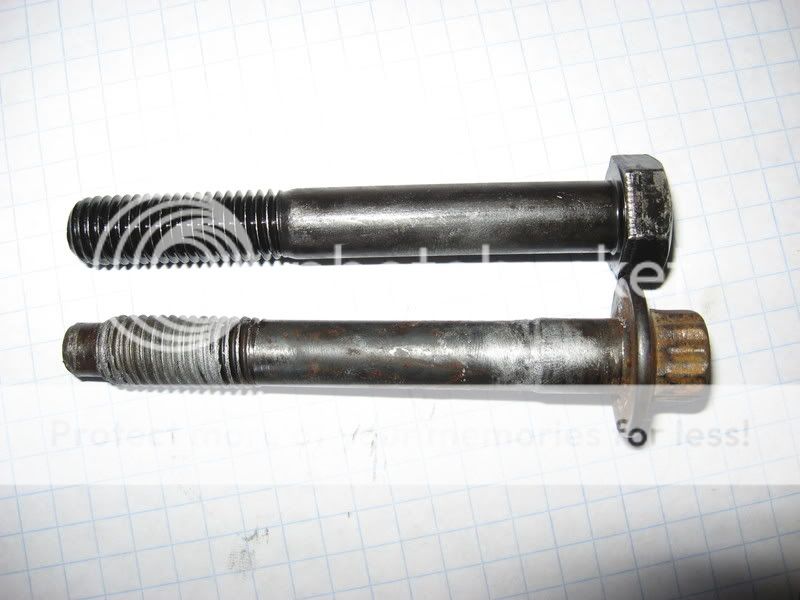yessir, sorry for the omission, it is indeed 1.75mm thread pitch, not sure when they changed it as the hubs I was working with were from 91, haven't really noticed a difference but my buddy has a 88 I can check out.
I really don't understand the necking either, seems weird to me but maybe it has to do with ease of assembly or something else completely(got a good deal?

), again only speculation.
I don't have the bolt handy but I do have it at the shop handy I can take some measurements for you tomorrow. I do know for sure the "grip swelling" is in fact the same diameter as the entire shank of the replacement, I have no idea why they would turn down a finished bolt prior to heat treating etc but it really seems like it was a secondary machining process. I would be more than happy to send you one in the mail if you want to document it or speculate further. Either way I will get some more measurements tomorrow.


